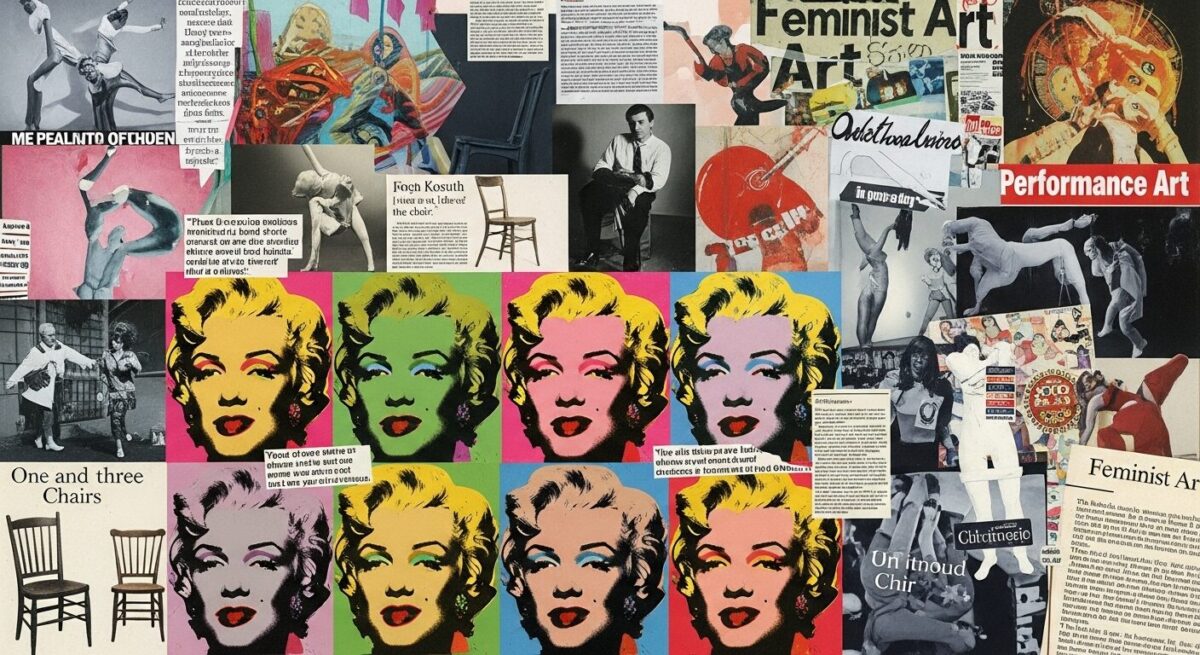The postmodernism art movement shook the art world like an earthquake in the mid-20th century. Picture this: after decades of serious, rule-following modern art, a group of artists decided to throw the rulebook out the window. They mixed comic books with fine art, questioned everything their teachers taught them, and basically said “anything goes!” This wasn’t just a new art style – it was a complete rebellion against everything art was supposed to be.
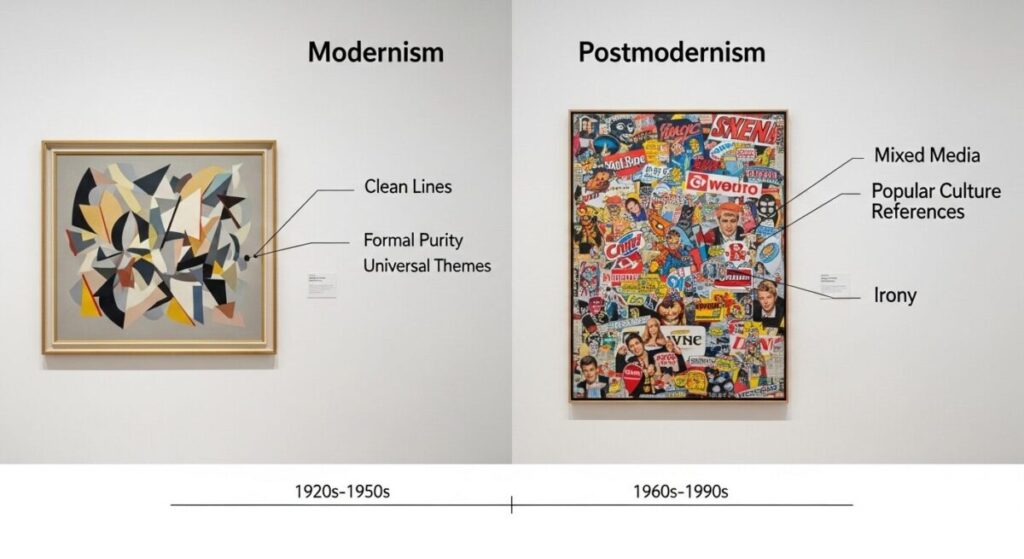
Key Points Summary:
- What it was: A rebellious art movement that rejected modernism’s rules (1960s-1990s)
- Main idea: No universal truths in art; everything is open to interpretation
- Key techniques: Borrowing images (appropriation), mixing styles (pastiche), and using irony
- Famous artists: Andy Warhol, Cindy Sherman, Barbara Kruger, Jeff Koons
- Legacy: Changed how we think about art and influenced today’s internet culture
What Made Postmodern Art So Different?
Breaking Down the Wall Between “High” and “Low” Art
Remember when museums only showed “serious” paintings and sculptures? Postmodern artists thought that was ridiculous. They grabbed images from comic books, advertisements, and TV shows and put them right into galleries. It was like inviting your favorite cartoon character to a fancy dinner party – shocking but brilliant!
This wasn’t just about being rebellious. These artists believed that art should connect with real people, not just fancy art critics. By using familiar images from popular culture, they made art more accessible and relatable. Suddenly, you didn’t need a PhD in art history to “get” what an artwork meant.
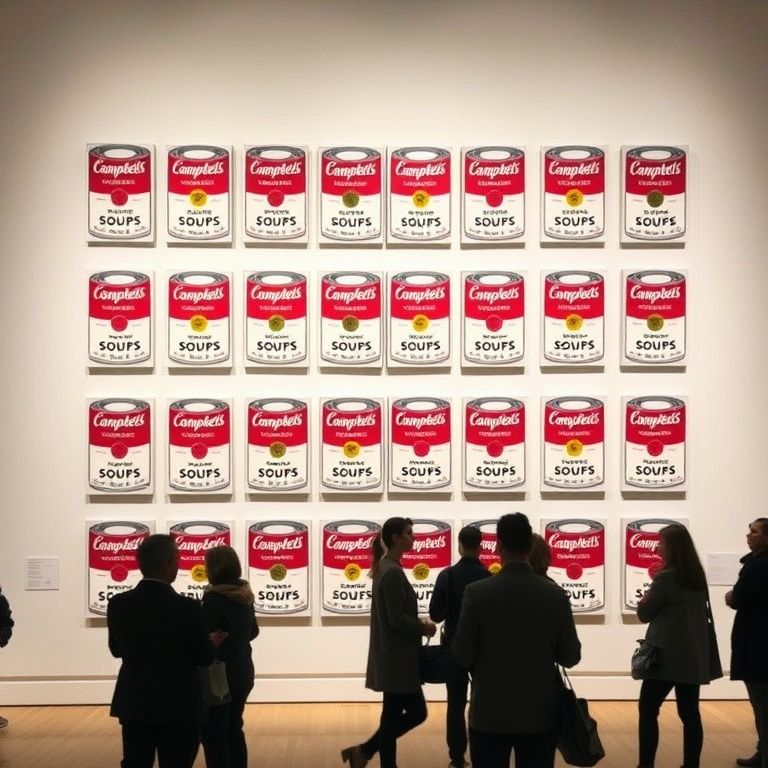
The Art of Borrowing: Appropriation
One of the biggest postmodern art characteristics was something called appropriation – basically, taking existing images and using them in new ways. Artists like Barbara Kruger would grab photos from magazines and add bold text over them to create powerful political messages.
This wasn’t stealing – it was more like remixing a song. The artists were saying, “Hey, we’re surrounded by so many images from TV, ads, and media that the idea of creating something completely ‘original’ is impossible.” Sound familiar? It’s exactly what happens with memes today!
“It is language which speaks; not the author”
Roland Barthes
This quote perfectly captures the postmodern belief that once art is out there, the viewer’s interpretation matters more than what the artist originally intended.
Major Postmodern Art Movements That Changed Everything
The postmodern era wasn’t just one style – it was like a sampler platter of different artistic approaches, all united by their skeptical attitude toward traditional art rules.
| Art Movement | Key Characteristics | Famous Example |
|---|---|---|
| Pop Art | Used commercial imagery and mass production techniques | Andy Warhol’s Marilyn Monroe portraits |
| Conceptual Art | Ideas mattered more than the physical object | Joseph Kosuth’s “One and Three Chairs” |
| Feminist Art | Challenged male-dominated art world | Carolee Schneemann’s performance pieces |
| Performance Art | Used the human body as the medium | Live, often unscripted artistic actions |
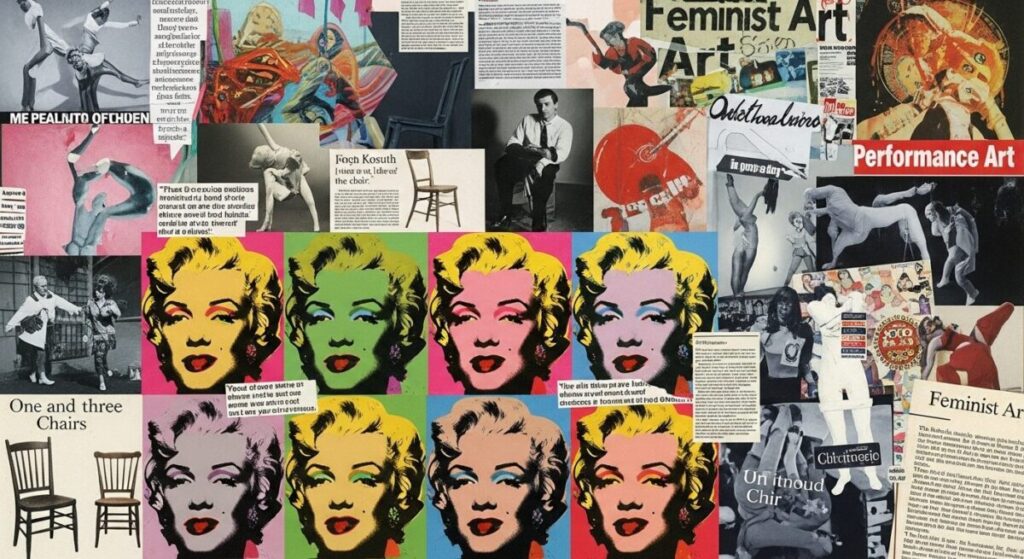
Pop Art: When Soup Cans Became High Art
Pop Art was like the cool older sibling of postmodernism. Artists like Andy Warhol took everyday objects – soup cans, comic strips, celebrity photos – and turned them into gallery-worthy art. Warhol’s famous Campbell’s Soup Cans (1962) asked a simple but profound question: “What makes something art?”
The Postmodernism Art Movement’s Biggest Stars
Andy Warhol: The King of Cool
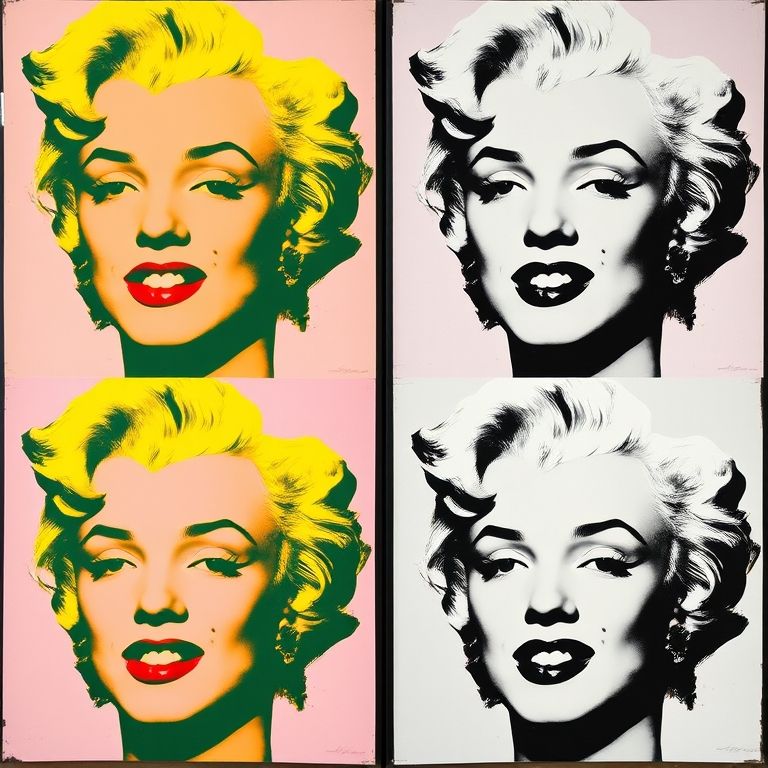
Andy Warhol was probably the most famous postmodern artist, and for good reason. His silkscreen prints of Marilyn Monroe, Elvis Presley, and yes, those soup cans, perfectly captured the spirit of the movement. He used commercial printing techniques (the same ones used for advertisements) to create his art, completely blurring the line between art and advertising.
Warhol’s genius wasn’t just in what he painted, but how he thought about art itself. His “Factory” – his studio in New York – was like an assembly line for art production, challenging the romantic idea of the artist as a lonely genius creating masterpieces in isolation.
Cindy Sherman: Master of Identity
Cindy Sherman created some of the most thought-provoking photographs in art history with her “Untitled Film Stills” series. In these black-and-white photos from the late 1970s, Sherman photographed herself dressed as different stereotypical female characters – the housewife, the career woman, the femme fatale.
But here’s the twist: these weren’t portraits of real people. Sherman was showing us how media creates these fake “types” of women and how we’re all influenced by these constructed images. Her work was way ahead of its time, predicting our current discussions about social media and authentic identity.
Barbara Kruger: Art Meets Activism
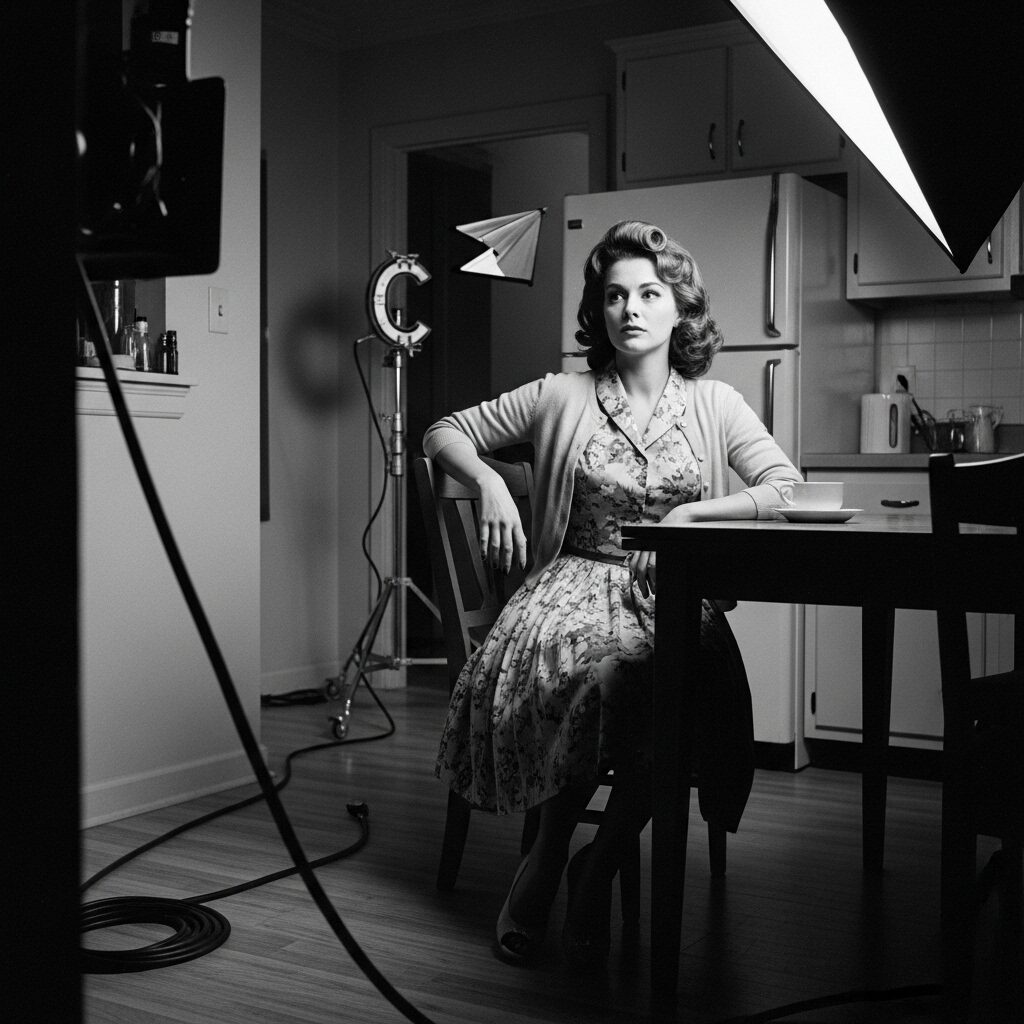
Barbara Kruger took the postmodern art techniques of appropriation and made them politically powerful. She would take black-and-white photographs (often of women) and overlay them with bold, red text in Futura font – the same font used in many advertisements.
Her most famous piece, “Your Body is a Battleground,” became an iconic image for reproductive rights activism. By using the visual language of advertising, Kruger made art that could compete with billboards and magazine ads for people’s attention.
The Philosophy Behind the Rebellion
Why Did Artists Reject Modernism?
To understand postmodernism in art, you need to know what came before it. Modernist artists believed in progress, universal truths, and the power of art to make the world better. They created abstract paintings and sculptures that were supposed to represent pure artistic ideas, separate from the messiness of everyday life.
But then came World War II, the Holocaust, and other horrible events that made people question whether progress was always good and whether universal truths actually existed. Postmodern artists looked at the world and said, “Maybe there aren’t any universal truths. Maybe everything is subjective and open to interpretation.”
The Crisis of Representation
Postmodern art philosophy was heavily influenced by thinkers like Jean-François Lyotard, who talked about “incredulity towards metanarratives” – basically, a deep skepticism about big stories that claim to explain everything. In simpler terms: postmodern artists didn’t believe there was one “right” way to see the world.
This led to what scholars call a “crisis of representation” – if we can’t trust that art represents reality accurately, then what is art really doing? Postmodern artists embraced this uncertainty and made it part of their art.
Techniques That Defined Postmodern Art
Pastiche: The Art of Mixing Styles
Pastiche was like creating a artistic smoothie – you throw in a little bit of Renaissance style, mix it with some pop culture references, add a dash of abstract expressionism, and see what comes out. Unlike parody, which makes fun of other styles, pastiche combined them without judgment.
This reflected the postmodern belief that all art styles were equally valid and that artists were free to borrow from any time period or culture. It was both liberating and overwhelming – with all of art history available to borrow from, how do you choose?
Irony: Nothing Is Sacred
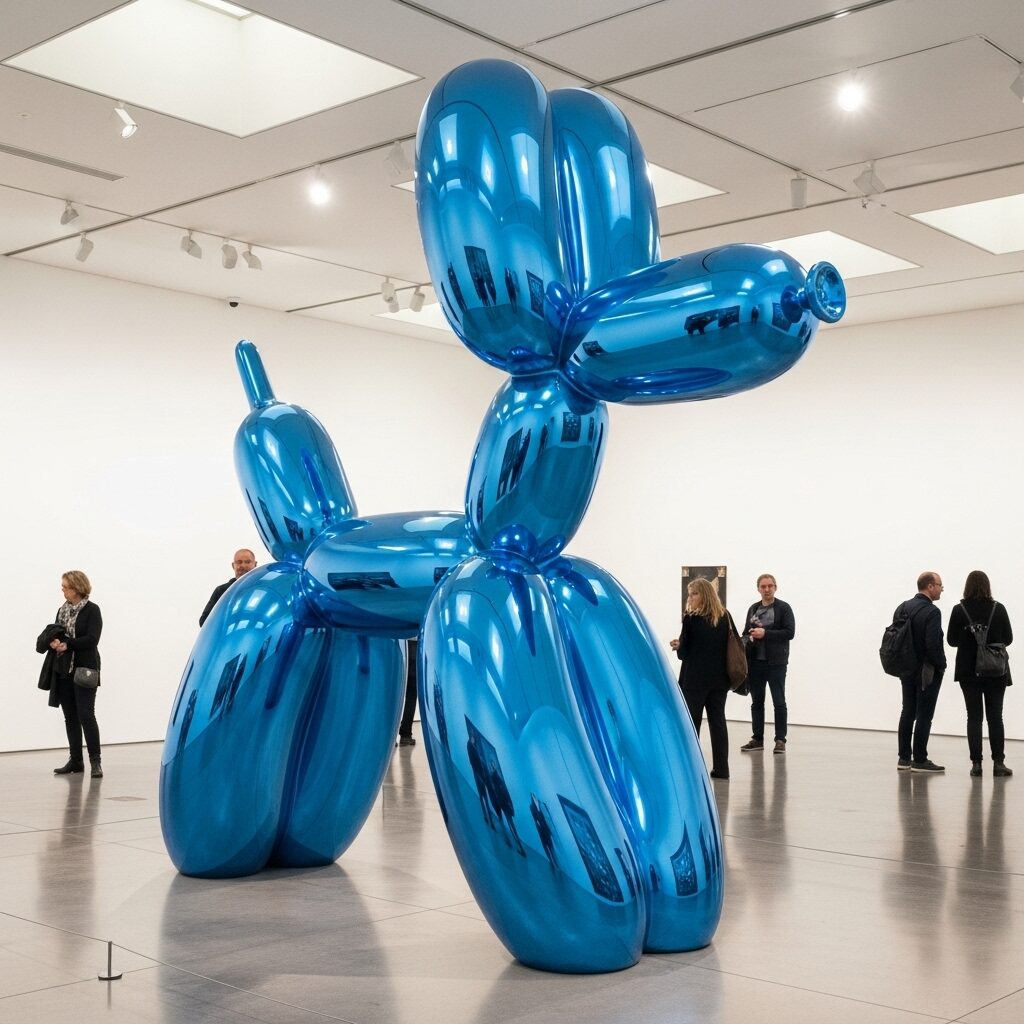
Irony became the default mode of expression for many postmodern artists. They couldn’t make serious, heartfelt art in the traditional sense because they didn’t believe in the universal values that would support such seriousness. Instead, they used humor, sarcasm, and self-awareness to comment on the world around them.
This doesn’t mean postmodern art was cynical or meaningless – quite the opposite. By acknowledging that all positions are unstable, these artists created space for multiple viewpoints and interpretations.
The Impact on Art Today
From Postmodernism to Digital Culture
The legacy of postmodernism is everywhere in our digital world. Every time you share a meme, remix a song, or create a TikTok using someone else’s audio, you’re practicing postmodern techniques. The “anything goes” attitude of postmodern art predicted and enabled our current remix culture.
Social media platforms are essentially giant postmodern art projects where millions of people appropriate, pastiche, and ironically comment on images and ideas. The distinction between creator and consumer has blurred just like the distinction between high and low art did in the 1960s.
Influence on Contemporary Art Movements
Contemporary art still uses many postmodern techniques, but artists today often combine them with new concerns about:
- Digital identity and social media
- Global connectivity and cultural exchange
- Environmental crisis and sustainability
- Social justice and representation
The questioning spirit of postmodernism opened doors for artists from marginalized communities to challenge the traditional art world’s power structures. Feminist art, art by artists of color, and LGBTQ+ art all benefited from postmodernism’s rejection of singular, authoritative perspectives.
Criticisms and Debates
The “Anything Goes” Problem
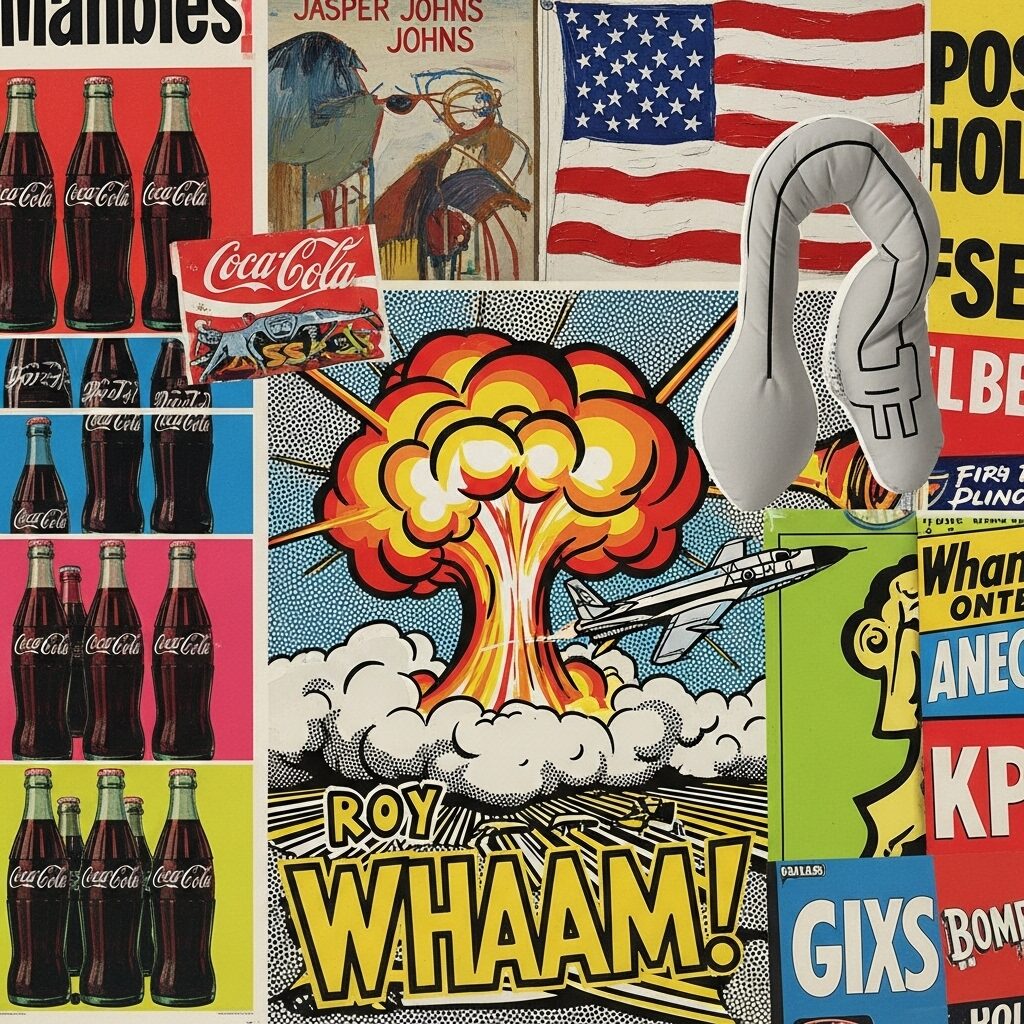
Not everyone loved the postmodern art movement. Critics argued that by saying all art was equally valid, postmodernism made it impossible to distinguish between good and bad art. If a child’s drawing was just as valid as a masterpiece painting, what was the point of artistic skill or training?
Postmodern artists responded that this criticism missed the point. They weren’t saying all art was equally good – they were saying all art was equally worth discussing and interpreting. The goal wasn’t to eliminate quality judgments but to expand who gets to make those judgments.
The Commercialization Question
Some critics worried that postmodernism’s embrace of commercial imagery and techniques made art too much like advertising and consumerism. Artists like Jeff Koons, who created expensive sculptures that looked like cheap toys, seemed to be celebrating the very commercial culture they claimed to be critiquing.
This tension between critique and celebration remains one of the most interesting aspects of postmodern art. Were these artists exposing the problems with consumer culture or just becoming another part of it?
FAQs: Postmodernism Art Movement
What is the main idea of postmodern art?
Postmodern art is based on the idea that there are no universal truths in art or life. Everything is open to interpretation, and art should reflect this uncertainty rather than trying to present one “correct” viewpoint.
How is postmodern art different from modern art?
While modern art believed in progress and universal principles, postmodern art was skeptical of these ideas. Modern art separated “high” and “low” culture, while postmodern art deliberately mixed them together.
Who are the most famous postmodern artists?
The most famous postmodern artists include Andy Warhol, Cindy Sherman, Barbara Kruger, Jeff Koons, and Roy Lichtenstein. Each brought different techniques and perspectives to the movement.
Why did postmodern artists use appropriation?
Appropriation in postmodern art challenged the idea that artists must create completely original work. In a world filled with existing images and ideas, these artists argued that “originality” was impossible and that reusing and recontextualizing existing material was more honest.
Is postmodern art still relevant today?
Absolutely! Postmodern art techniques are everywhere in digital culture, from memes to social media to contemporary art. The questions postmodern artists raised about identity, authenticity, and representation are more relevant than ever.
What does pastiche mean in postmodern art?
Pastiche is the practice of mixing different artistic styles, periods, and cultural references in a single work without making fun of them. It reflects postmodernism’s belief that all artistic approaches are equally valid sources of inspiration.
The Lasting Revolution
The postmodernism art movement didn’t just change what art looked like – it changed how we think about art, culture, and reality itself. By questioning authority, embracing contradiction, and celebrating diversity, these artists created a more inclusive and democratic vision of what art could be.
Today, as we navigate a world of social media, global connectivity, and constant information flow, the postmodern insight that reality is constructed and subjective feels more relevant than ever. The techniques pioneered by postmodern artists – appropriation, pastiche, irony – have become the basic building blocks of digital culture and contemporary artistic expression.
Whether you love it or hate it, the postmodernism art movement fundamentally changed the landscape of art and culture. It opened doors for voices that had been excluded from the art world and created new ways of thinking about creativity, originality, and meaning. In doing so, it prepared us for the complex, interconnected, and endlessly interpretable world we live in today.
Citations:
- Museum of Modern Art – Postmodernism – Comprehensive collection and analysis of postmodern artworks
- Tate Modern – Art Terms: Postmodernism – Clear definitions and examples
- Stanford Encyclopedia of Philosophy – Postmodernism – In-depth philosophical background
- The Art Assignment – PBS Digital – Video series exploring contemporary and postmodern art concepts
- Artsy – Postmodern Art Movement – Artist profiles and market information
- Khan Academy – Modern and Contemporary Art – Free educational courses on art movements
- Brooklyn Museum – Feminist Art – Extensive collection of feminist and postmodern works

